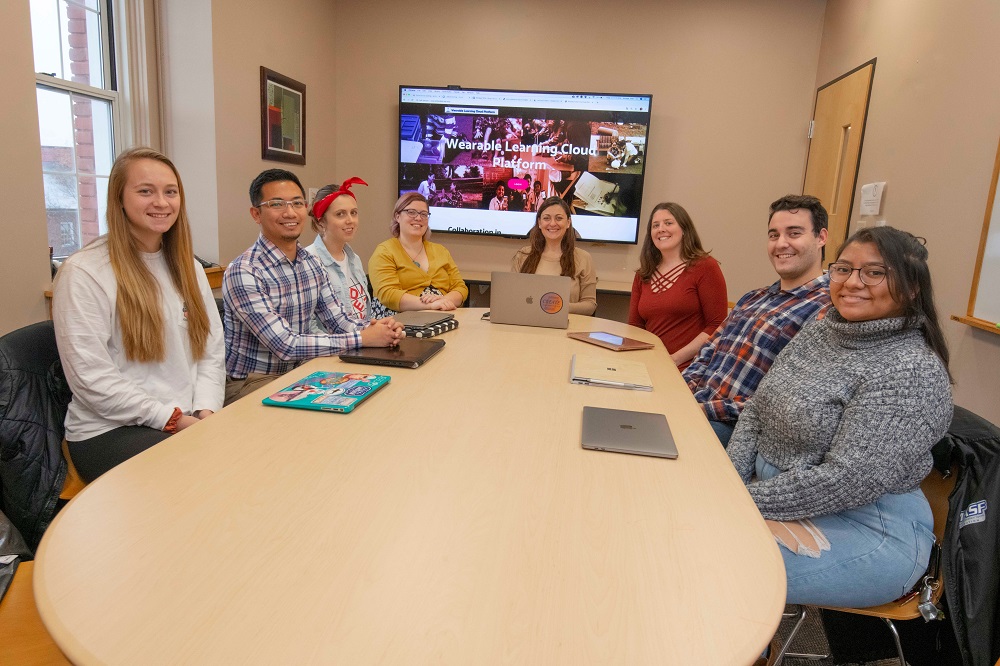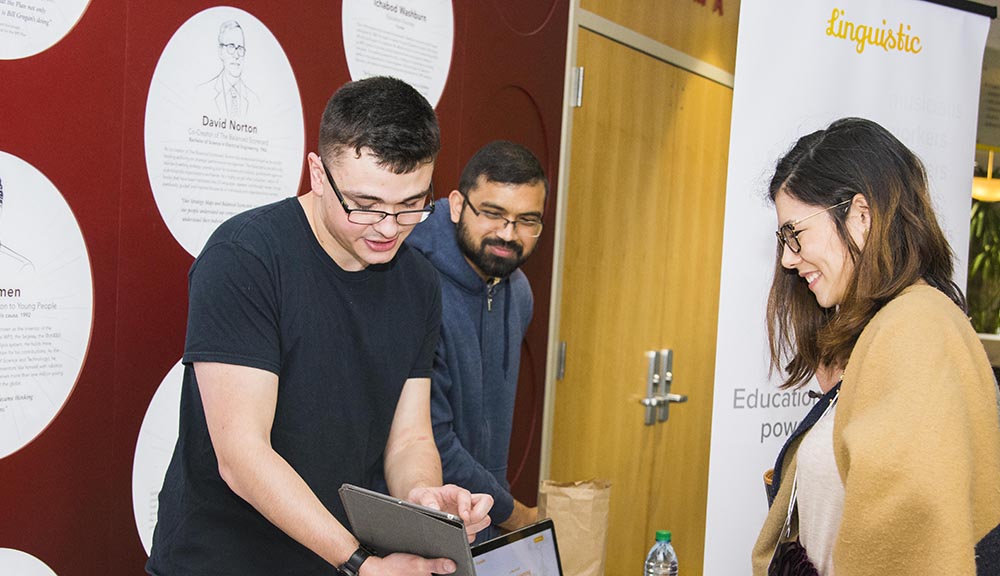A Worcester Polytechnic Institute (WPI) researcher has received a $1 million National Science Foundation (NSF) grant that could lead to significant breakthroughs in technology platforms for the ASL-signing Deaf Community. Erin Solovey, assistant professor of computer science, will investigate the feasibility and effectiveness of computer interfaces that will allow deaf individuals to navigate, search, and interact with technology completely in American Sign Language.
Members of the Deaf Community whose first or primary language is American Sign Language (ASL) currently engage with interactive computer tools presented exclusively in English, including those designed expressly for ASL content and educational materials. The lack of ASL-based navigation is in part due to the fact that the signed languages of the world have unique requirements that do not align with existing text-based user interface design practices. Therefore, the development of Sign-Language First (SL1) technology offers great promise for ASL-signing users and others interested in signed language content. SL1 design has the potential to level the playing field for deaf students seeking to access academic, linguistic, and other informational content online.
“This project takes a human-centered computing approach to build a foundation that advances understanding of how deaf individuals could work and learn in environments that are designed with their needs and preferences at the forefront,” said Solovey.
Jeanne Reis, M.Ed., co-principal investigator on the project, brings over three decades of experience and understanding of the need for this technology. Reis is director of the Center for Research and Training at The Learning Center for the Deaf (TLC)—a nationally recognized leader in educational, therapeutic, and community services with deaf and hard of hearing children and adults. “Technology that is truly SL1 accessible has the power to enhance educational opportunities and facilitate lifelong learning, especially in science and technology,” said Reis. “It can also improve career opportunities in STEM fields, broadening participation in the workforce by an incredibly dynamic, creative, valuable—and very underrepresented—population.”


